5 Common Landscaping Mistakes To Avoid

Did you know that good landscaping can add up to 28% to the overall value of your home? Having the right type of landscaping that looks good can be tricky. Here are five DIY landscaping pitfalls to avoid - straight from the pros!
1) Don't Create 'Mulch Volcanoes'
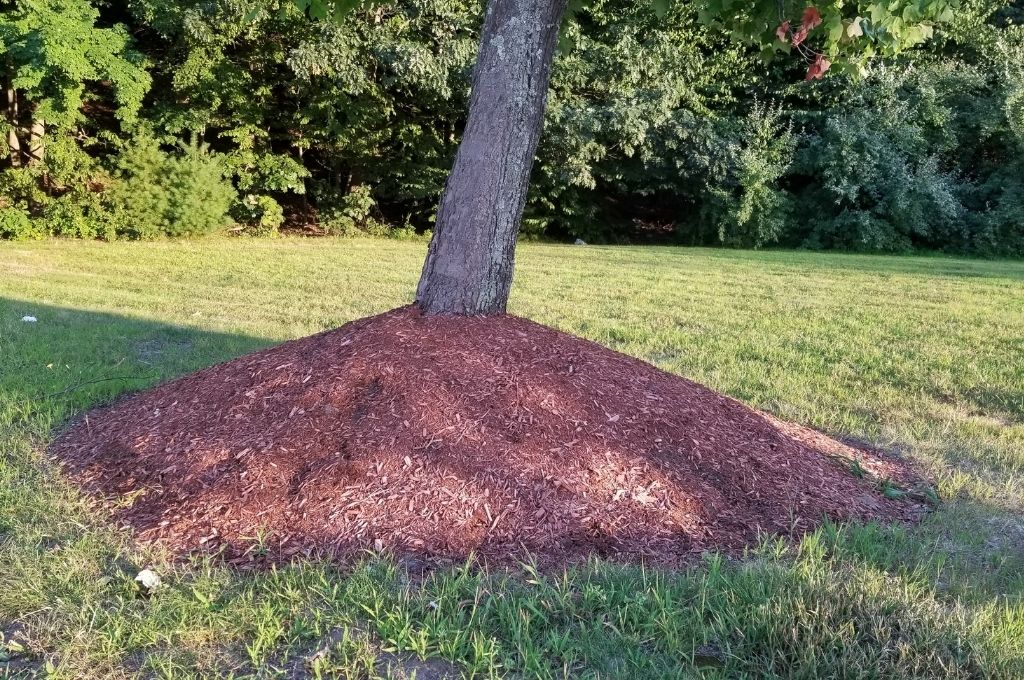
Don’t suffocate your newly planted trees with the dreaded “mulch volcanoes”—piles of the insulating organic matter that rise as high as a foot up the trunk, says central Virginia arborist Michael Rittenhouse Rigby.
Mulch is designed to control the soil temperature and keep it moisturized—but to do so properly, it must be applied loosely. Tightly packing mulch around a tree strangles the tree and softens the root collar, a nonwaterproof section of the tree’s trunk. The result: rot, invasive insects, and suffocated roots.
2) Choosing The Wrong Type Of Plants
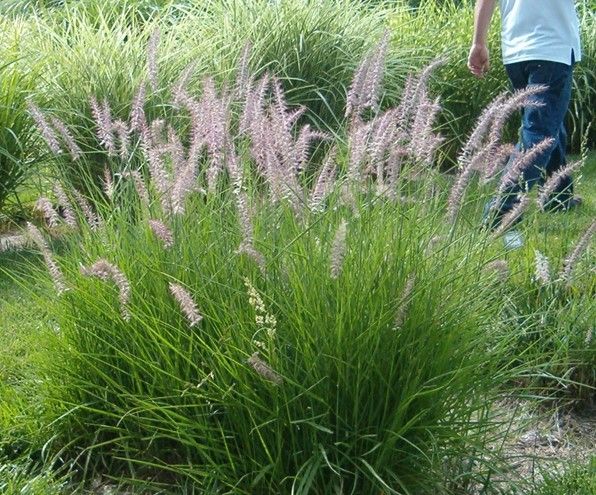
One of the biggest mistakes an amateur landscaper can make is choosing an invasive plant, which can quickly grow out of control. It is important to make sure that the plants you buy are meant to grow in the gardening zone where you live. Choosing the right plants for landscaping is to vary the sizes, shapes and textures of the plants in an area. Take note of which areas of your garden get the most sun and which get the least, so you can pick plants that need the amount of light provided.
3) Having Poor Landscaping Plans
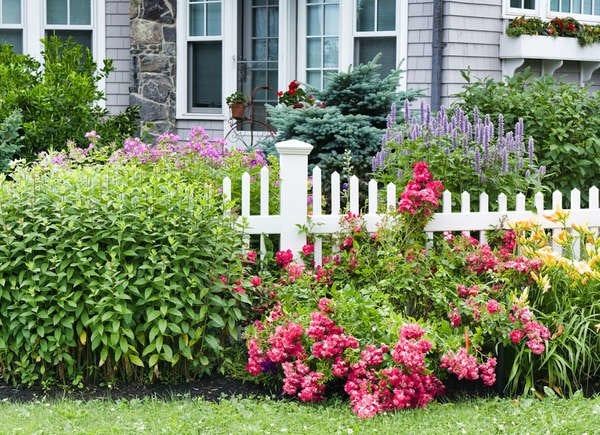
Before you even put your hands in the dirt, carefully work out a design on graph paper to understand your space. For small areas of your yard, landscaping should include flowering perennials, but skip large shrubs. As a general rule, taller plants should go toward the back and smaller plants in front. Once you know what size foliage can fit without overcrowding, research specific plants and sketch them into your design. Large foliage might look impressive, but it has a hard time taking root. Small foliage grows nicely and has a better chance of survival.
4) Using Too Much Gravel
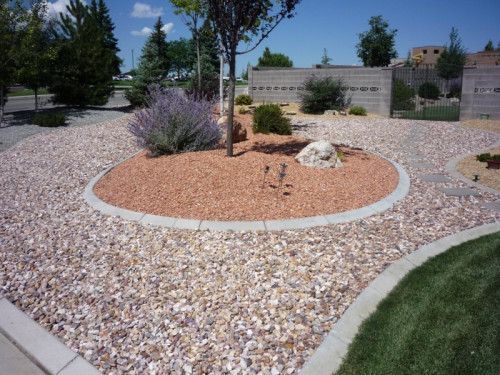
With drought-tolerant landscaping, you can have too much of a good thing. Enter gravel, landscaping’s double-edged sword.
Gravel does save water. But it also reflects heat toward any plants nearby, damaging all but the hardiest plants. Any heat that gravel doesn’t reflect, it absorbs, essentially baking the roots of your plants.
5) Building Too Close To Established Trees
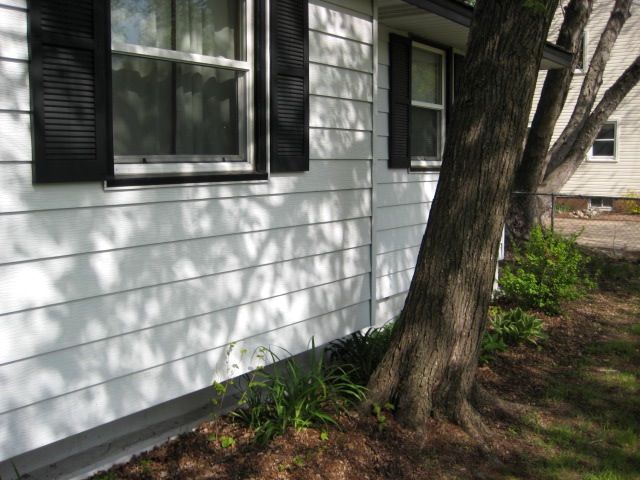
Thinking of adding onto your house? If your yard features large trees, you’ll need to protect them before embarking on any construction that might touch the roots.
Hire a tree care specialist if you’re planning any construction projects in your yard. Experts can ensure your work doesn’t touch the delicate root system, which causes irreparable—and expensive—damage to the tree or your home.
